Moscow’s Tretyakov Gallery has unveiled an exhibition of works by Russian 19th-century painter Nikolai Ghe who, through his art, sought to find answers to some eternal questions of life. Photo: A visitor beholding Ghe’s “Portrait of Y. Merkulov” (1885)
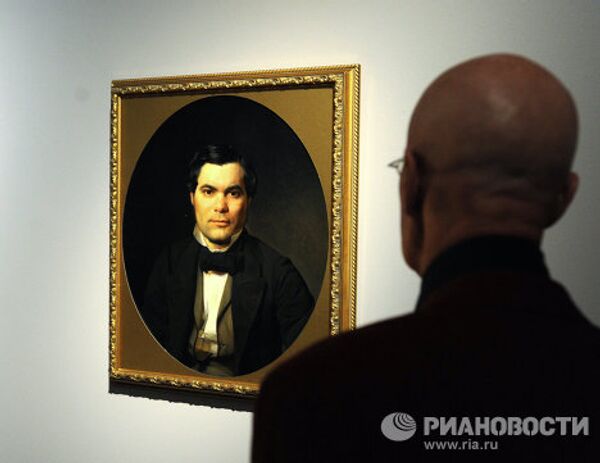
Moscow’s Tretyakov Gallery has unveiled an exhibition of works by Russian 19th-century painter Nikolai Ghe who, through his art, sought to find answers to some eternal questions of life. Photo: A visitor beholding Ghe’s “Portrait of Y. Merkulov” (1885)
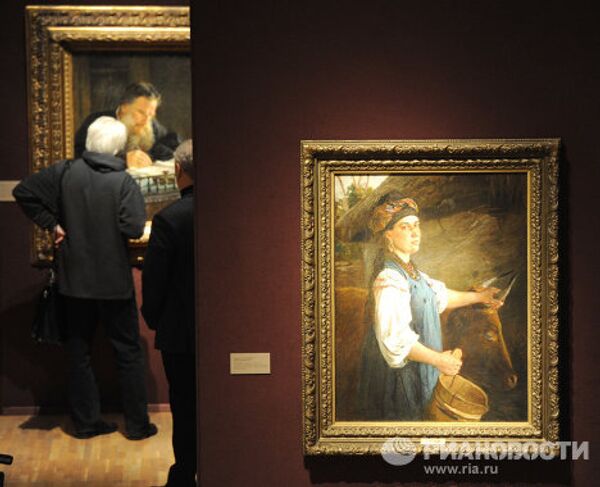
The Tretyakov Gallery boasts the richest collection of works by Nikolai Ghe. It has staged the current show using its own holdings as well as pictures taken on loan from the Russian Museum in St. Petersburg, museums of Ukraine and Belarus, and the Musée d’Orsay in Paris. Photo: “Portrait of A. Slyusareva,” 1875
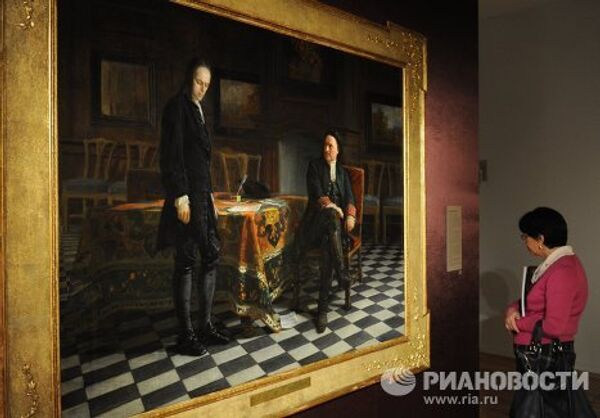
The exhibit features more than 200 works by Ghe, including landscapes and genre paintings, such as “Peter I (the Great) interrogating Tsarevich Alexis in Peterhoff” (photo) and “What is the Truth?”
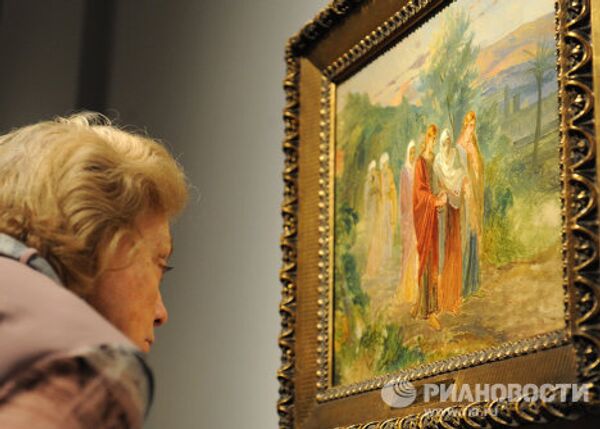
The display is arranged in such a way as to help visitors trace Nikolai Ghe’s artistic career down to his student years. It consists of the following six sections: “The Fine Arts Academy: Beginning,” “Italy,” “St Petersburg. Joining the Society of Itinerant Artists,” “Ukraine,” “Ghe and Tolstoy,” and “The Passions Cycle.” Photo: A visitor in front of Ghe’s 1859 painting “Returning from Christ’s burial.”
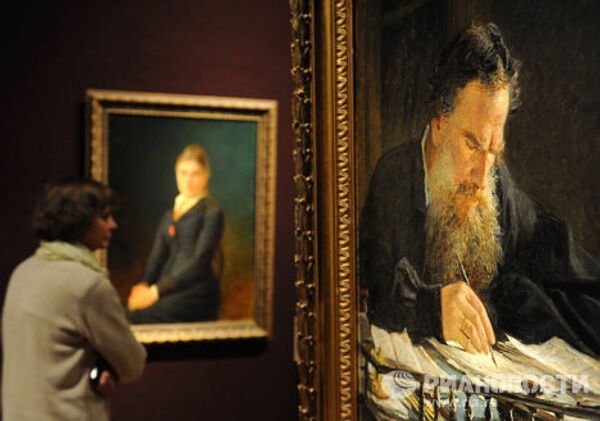
The section “Ghe and Tolstoy” features portraits of Leo Tolstoy and members of his family as well as some rare photographs.
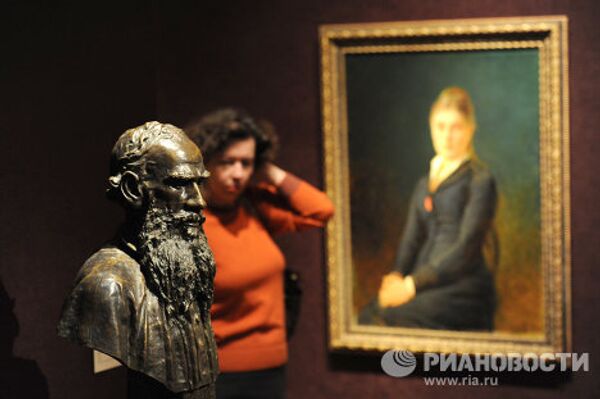
Tolstoy was a close friend of Ghe’s and he exerted a huge influence on the artist’s work. Ghe followed Tolstoy’s spiritual teachings and even spent some time living as a hermit in the Chernigov province.
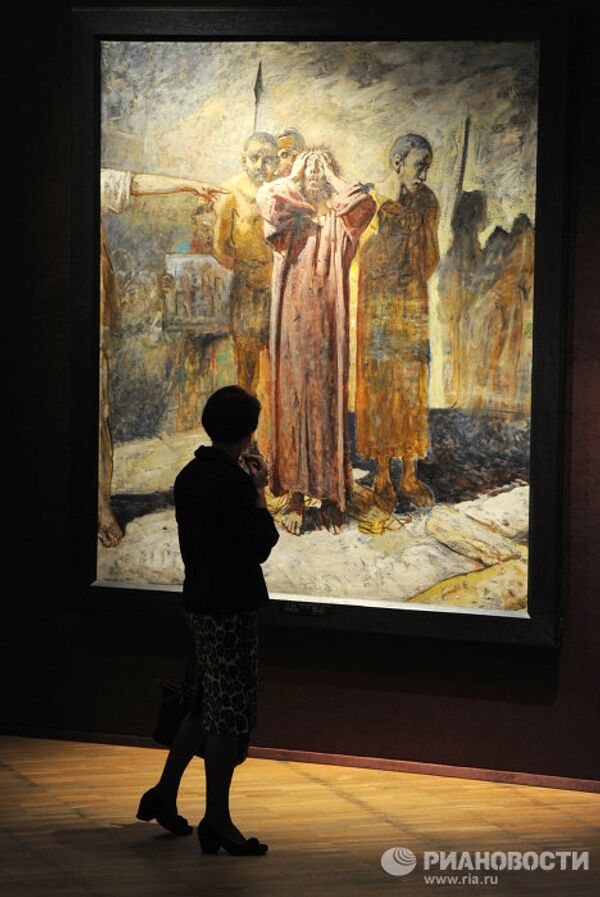
“Calvary” from Paris’ Musée d’Orsay is the centerpiece of Ghe’s Passions cycle as well as of the evangelical theme in his oeuvre as a whole. This picture was painted in two versions, one of which has been lost.
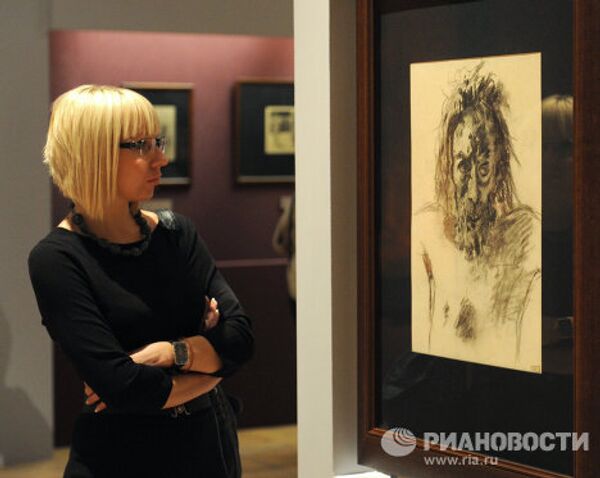
The Ghe exhibition includes a newly acquired set of 55 drawings, purchased from a private Swiss collector in May 2011. This is the first time these drawings have been publicly displayed in Russia after a century-old absence.
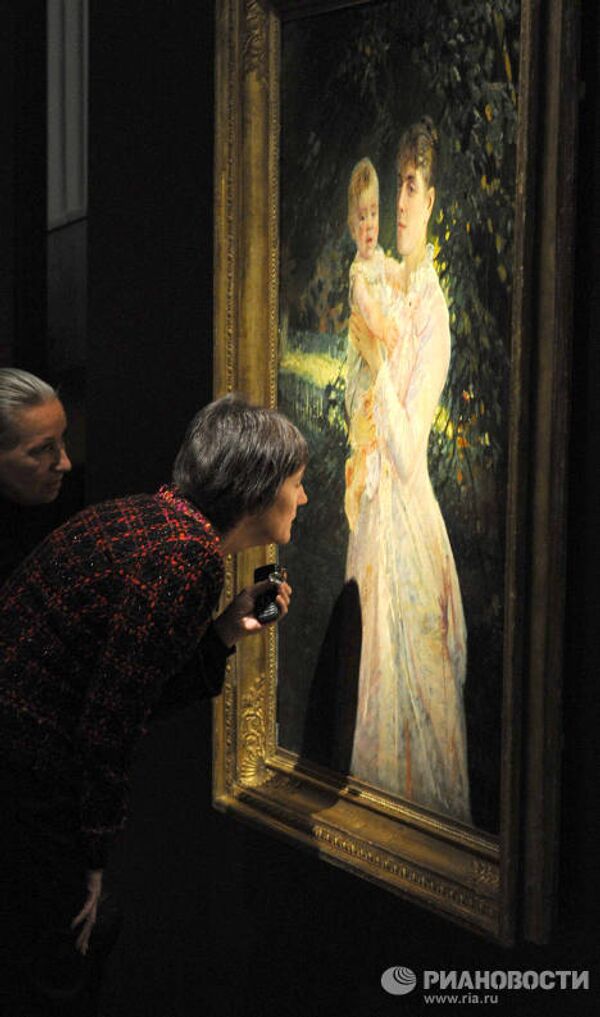
Some of the drawings are sketches to canvases that belong to the Tretyakov Gallery’s permanent collection. Their presentation alongside finished paintings gives a better idea of Ghe’s artistic ambitions behind each particular project, curators say. Photo: “Portrait of Yekaterina Ghe and her son, Nikolai,” 1885

Such a display arrangement also makes it easier for viewers to understand how Ghe’s ideas would have evolved in the process of working on a picture. Photo: “Samuel's Ghost and the Witch of Endor,” 1865
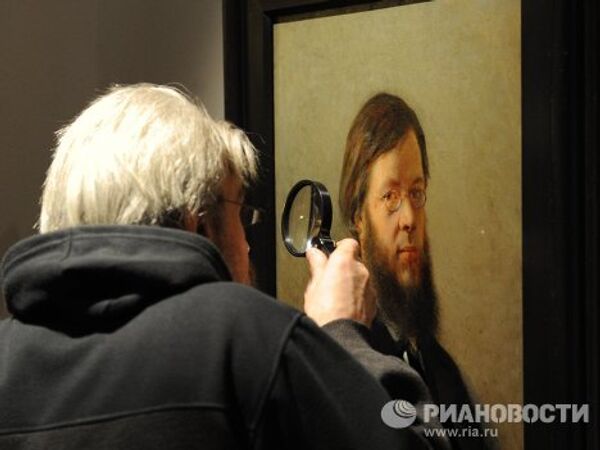
A visitor views Ghe’s “Portrait of A.N. Pypin,” 1871

